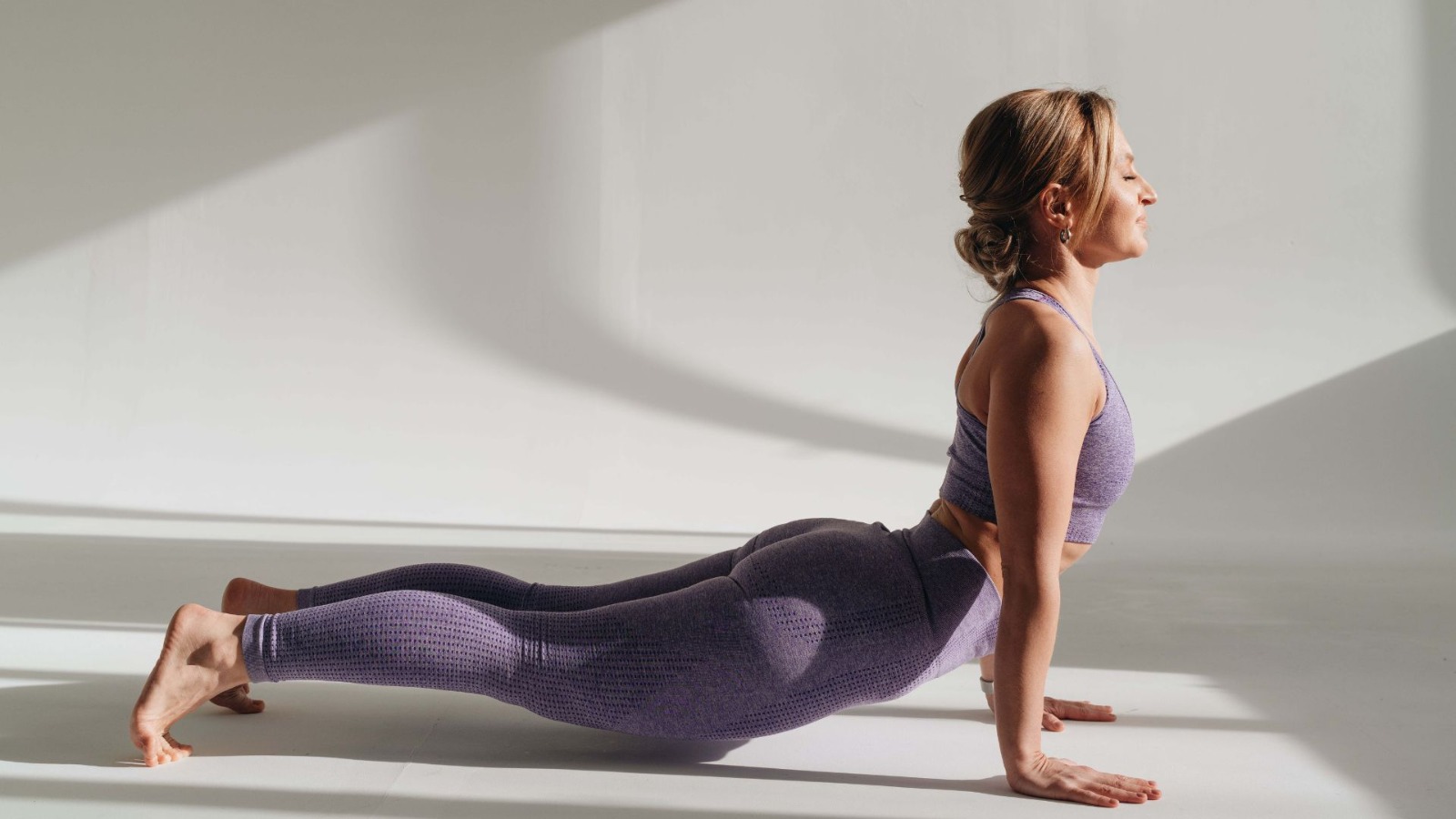Introduction
In recent years, yoga has gained immense popularity due to its numerous health benefits and versatility. One particular yoga pose that has captured the attention of many enthusiasts is the Baby Cobra pose. In this article, we will explore what Baby Cobra Yoga is, its benefits, how to practice it, precautions for beginners, and advanced variations.
Read more: Benefits Of Yoga
What is Baby Cobra Yoga?
Baby Cobra, also known as Bhujangasana in Sanskrit, is a beginner-friendly yoga pose that mimics the posture of a baby cobra raising its hood. It is often included in Hatha and Vinyasa yoga practices and is known for its ability to strengthen the back, shoulders, and core muscles.
Benefits of Baby Cobra
- Improves Posture: Regular practice of Baby Cobra Yoga helps align the spine and improve overall posture.
- Strengthens Back Muscles: It targets the muscles along the spine, promoting strength and flexibility.
- Relieves Stress: The gentle stretch in the pose helps release tension in the back and shoulders, promoting relaxation.
- Stimulates Abdominal Organs: It massages and stimulates the abdominal organs, aiding digestion and promoting internal health.
- Enhances Flexibility: Consistent practice gradually increases flexibility in the spine, shoulders, and chest.
How to Practice Baby Cobra
Step 1: Warm-up
Begin with a few rounds of gentle warm-up exercises like Cat-Cow pose or Child’s pose to prepare your body.
Step 2: Pose Execution
- Lie flat on your stomach with your palms placed near your chest.
- Inhale and gently lift your chest off the mat using your back muscles while keeping your pelvis grounded.
- Elongate your neck and gaze slightly upward, avoiding strain on the neck.
- Hold the pose for a few breaths, exhaling as you lower back down.
Step 3: Breathing Techniques
Focus on deep and controlled breathing while in the pose, inhaling as you lift, and exhaling as you lower down. This rhythmic breathing enhances the benefits of the pose.
Precautions and Tips
- Avoid overextending your back; maintain a gentle lift to avoid strain.
- If you have any back or neck injuries, consult a yoga instructor or healthcare professional before attempting this pose.
- Gradually increase the duration and intensity of the pose as your flexibility and strength improve.
Baby Cobra Yoga for Beginners
Basic Baby Cobra Pose
For beginners, focus on maintaining proper alignment and engaging the back muscles without forcing the lift too high. Start with shorter hold times and gradually increase as you build strength.
Modifications for Beginners
Use props like yoga blocks under the palms to reduce strain on the wrists and allow for a more comfortable posture. Focus on the quality of the pose rather than depth.
Advanced Baby Cobra Variations
Full Cobra Pose
Advanced practitioners can deepen the stretch by straightening the arms, lifting the chest higher, and engaging the legs more actively.
Dynamic Cobra Flow Sequence
Incorporate flowing movements between Cobra pose and Downward-Facing Dog for a dynamic yoga flow that enhances flexibility and strength.
Benefits of Advanced Variations
Advanced variations challenge core stability, improve spinal flexibility, and enhance overall body awareness and control.
Conclusion
Baby Cobra Yoga offers a gateway to building strength, flexibility, and mind-body connection for practitioners of all levels. Whether you’re a beginner exploring foundational poses or an advanced yogi seeking deeper stretches, integrating Baby Cobra into your practice can yield significant physical and mental benefits.
FAQs About Baby Cobra Yoga
- Is Baby Cobra suitable for pregnant women?
While gentle backbends can be beneficial, pregnant women should consult their healthcare provider before practicing Baby Cobra or any new exercise. - Can Baby Cobra help alleviate lower back pain?
Yes, regular practice coupled with proper form and modifications can help strengthen back muscles and alleviate mild lower back discomfort. - How long should I hold the Baby Cobra pose?
Beginners can start with 10-15 seconds and gradually increase as they build strength and flexibility. Advanced practitioners may hold for 30 seconds to 1 minute. - Are there any variations for individuals with wrist injuries?
Yes, using yoga blocks or modifying hand placement can reduce strain on the wrists while still benefiting from the pose. - Can Baby Cobra be practiced daily?
It can be practiced daily, but listen to your body and adjust intensity and duration as needed to prevent overexertion.




